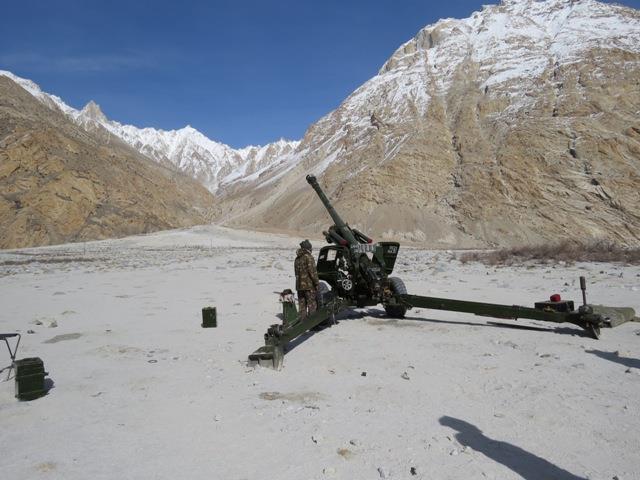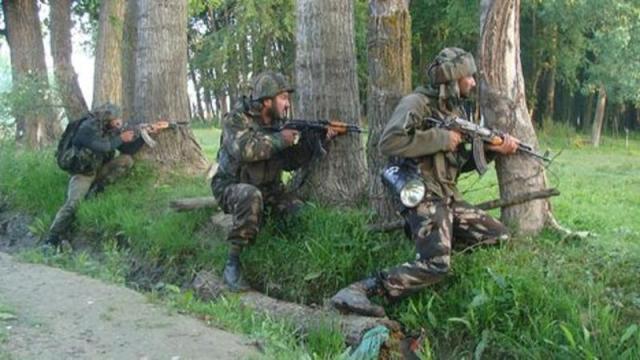India’s Integrated Battle Groups to Become Operational in Early 2022
As part of a wider transformation of the armed forces, India is moving to introduce integrated battle groups (IBGs) by early 2022. It was expected that the battle groups would become operational earlier but the Covid-19 pandemic had delayed their introduction.
The units will be made up of around 5,000 soldiers making them smaller than Indian divisions (numbering about 12,000 soldiers) and larger than brigades (of around 3,000). IBGs will combine infantry, armor, artillery, engineers, air defense, communications and other troop types into a single force that is permanently deployed together. According to one Indian officer, after an initial wave of 8-10 IBGs, the army will begin to configure the units differently to be better suited for specific types of terrain, regions and missions. IBGs are planned to be self-sufficient, quick to mobilize and well-suited for offensive action.

According to Indian Army Chief General M. M. Naravane:
“Creation of IBGs is a logical step towards our operational thought process on how to conduct future operations in an integrated all-arms paradigm. […] The process of ‘IBG-ization’ is well underway and in-house deliberations are being carried out to evolve force structures proficient in fighting and winning future wars.”
The formation of the IBG’s is only a fraction of India’s efforts to restructure its army into a better fighting force as part of the “future force” concept. At the highest level, India is moving to replace its regional army, navy and air force commands into single, multi-service organizations. At the corps level, forces are being optimized for fighting against different foes in different regions. An effort is underway to improve India’s ability to produce its own equipment through indigenization in order to decrease reliance on foreign powers. The importance of going beyond just conventional warfare and improving capabilities in areas like cyber is also being realized.

